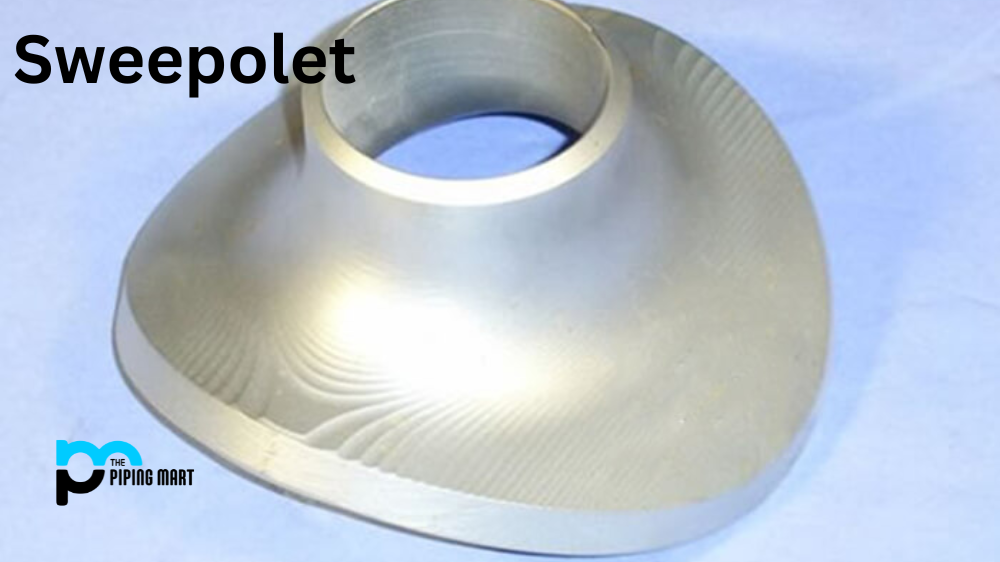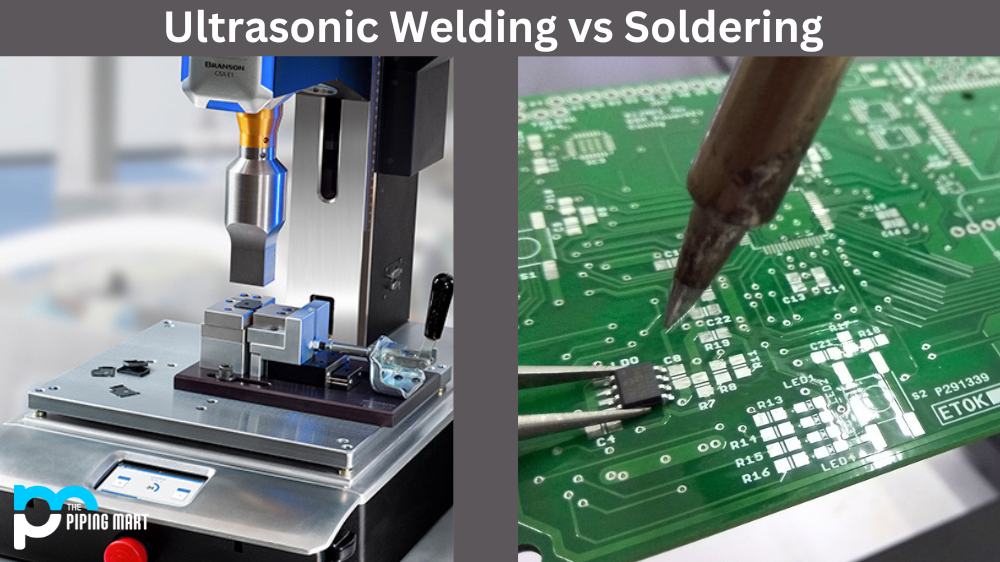Sweepolet is a branch connection fitting widely used in high-pressure pipelines for transporting fluids and gases. Sweepolet are designed to make a 90-degree branch connection with minimal stress concentration and reduced turbulence. When selecting a Sweepolet for your pipeline system, one of the most important factors to consider is the material of the Sweepolet. Choosing the right alloy for your Sweepolet is crucial for ensuring its durability, corrosion resistance, and overall efficiency. In this blog post, we’ll discuss some of the most common alloys used in Sweepolet manufacturing and their properties to help you select the right alloy for your specific application.
What is Sweepolet?
Sweepolet, also known as a sweep elbow, is a type of pipe fitting widely used in industrial applications for its efficient and secure connection capabilities. A welded branch connection is an alternative to traditional tees or cross fittings. The unique design of the Sweepolet allows for the smooth flow of fluid or gas through the pipeline without causing any turbulence or obstruction.
Made from high-quality materials such as stainless steel, carbon steel, and alloy steel, Sweepolets are known for their durability and corrosion resistance properties. This makes them suitable for various industries, including oil and gas, petrochemicals, chemical processing, power generation, etc.
One of the key advantages of using Sweepolets is their versatility when connecting pipes of different sizes. The main run pipe can be larger than the branch pipe without compromising the strength or integrity of the joint. This flexibility gives engineers more options when designing pipelines while reducing overall costs by eliminating the need for additional fittings.
Selecting the Right Alloy for Your Sweepolet
Stainless Steel Alloys
Stainless steel alloys are the most commonly used material in Sweepolet manufacturing. They offer excellent resistance to corrosion, high-temperature tolerance, and strength. Three types of stainless steel alloys are used in Sweepolet manufacturing: the T profile, U project, and L profile. The T profile is used for most standard applications, the U project works well in high-pressure applications, and the L profile provides additional support to the branch connection. Stainless steel alloys are also low maintenance and have a long service life.
Carbon Steel Alloys
Carbon steel alloys are another popular choice for Sweepolets. They are highly durable and have excellent tensile strength, making them suitable for high-pressure applications. Carbon steel alloys are also cost-effective, making them ideal for projects with budget constraints. However, they are susceptible to corrosion, so better options for corrosive environments might exist.
Inconel Alloys
Inconel alloys are a group of high-performance nickel-chromium alloys that offer excellent resistance to high temperatures, corrosion, and oxidation. They are also non-magnetic and have high mechanical strength, making them suitable for aerospace applications. Inconel alloys are relatively expensive but ideal for applications with critical durability and long service life.
Copper-Nickel Alloys
Copper-nickel alloys are highly corrosion-resistant, particularly in seawater and marine environments. They are also highly durable and have good thermal conductivity, making them useful in heat transfer applications. However, copper-nickel alloys are relatively expensive and have limited availability compared to other alloys.
Titanium Alloys
Titanium alloys are lightweight, highly durable, and corrosion-resistant, making them ideal for high-pressure applications. They also offer excellent thermal conductivity and resistance to high temperatures. However, titanium alloys are expensive and difficult to work with, making them unsuitable for projects with budget constraints.
Conclusion:
Sweepolets are an essential component of a pipeline system, and choosing the right material for your Sweepolet is crucial for ensuring its reliability, durability, and efficiency. The choice of the alloy depends on several factors, such as the application, temperature, pressure, and environmental conditions. By understanding the properties of different alloys, you can decide which alloy is best for your specific application. Consider working with a reputable supplier experienced in Sweepolet manufacturing for expert guidance in selecting the right alloy for your project.

Abhishek is a seasoned blogger and industry expert, sharing his insights and knowledge on various topics. With his research, Abhishek offers valuable insights and tips for professionals and enthusiasts. Follow him for expert advice on the latest trends and developments in the metal industry.




